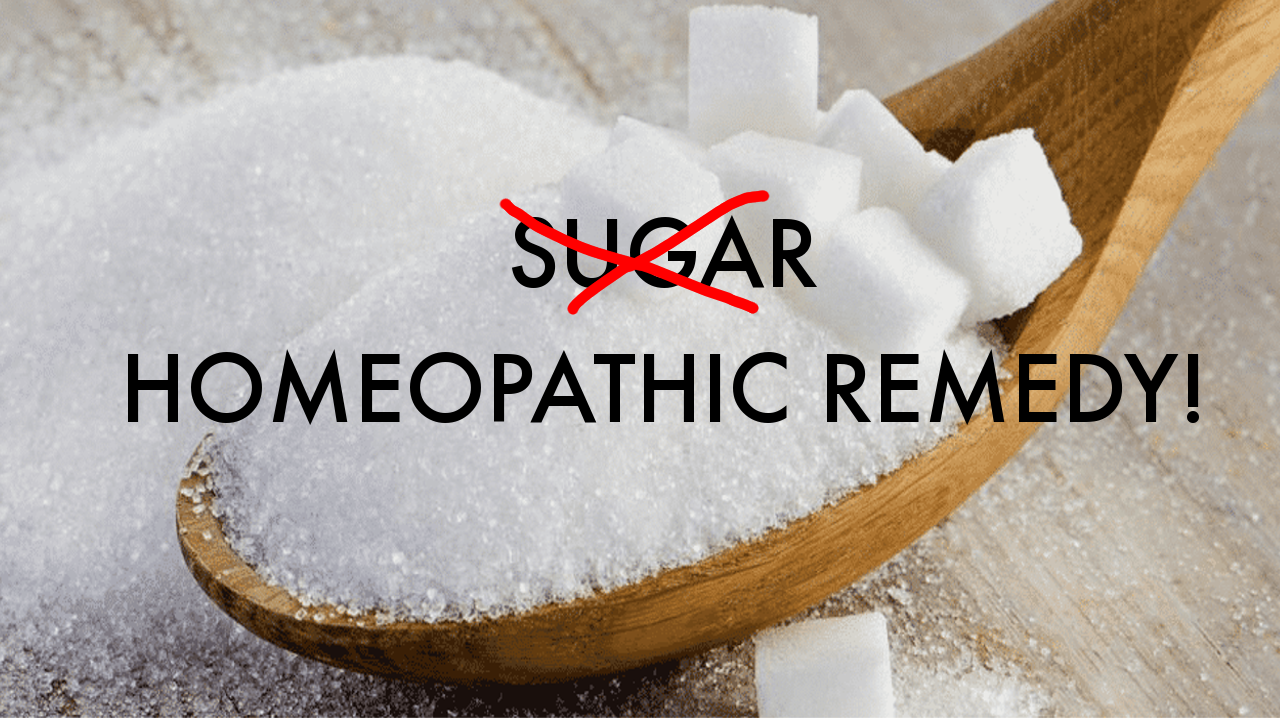UC Irvine Gets $200 Million to Teach Homeopathy

Support more videos like this at patreon.com/rebecca!
Transcript:
Good news! A billionaire gave $200 million to a public university to set up a new college! Bad news! It’s a college for baloney!
Henry Samueli founded a now-huge semiconductor maker, and he and his family think homeopathy is real. As a reminder, homeopathy is based on a few key beliefs, and I’m not making this up:
- Diluting something makes it stronger
- Water can remember things that were in it, even when those things are no longer in it.
- “Like cures like.”
This means if you’re dying of mercury poisoning, you should take more mercury. And to make it even better, you should put a tiny amount in water and then dilute it to the point that there’s no mercury left in it at all. Now drink the water. There, you’re cured.
Homeopathy is maybe one of the all-time stupidest beliefs. It’s not even like “naturopathy” where you consume actual things that might have (unproven, unregulated) active ingredients. It’s just nothing. It’s literally just water.
So Henry Samueli’s wife Susan once went to France and caught a cold and instead of just dealing with it because there is no cure, she took the homeopathic remedy aconite. She got better, and ever since she’s been on the anti-real-medicine train.
Now they’ve given millions to UC Irvine, a public university, to set up a school for baloney….I mean “alternative medicine.” It’ll be called the “College of Health Sciences,” misusing at least three words in a four-word name, which is really pretty impressive.
I read about all this in a positively glowing article in the LA Times, which didn’t seek out a single voice to disagree with the idea that a college of baloney is a brilliant idea. The LA Times didn’t even consult the LA Times of six months ago, where they reported on another woman who took aconite as a remedy. That woman was hospitalized for weeks and then she died, because aconite is a poison. Susan’s aconite product must have been real homeopathy, meaning that it was just sugar water and there wasn’t actually any aconite in it at all. Otherwise, instead of getting better naturally from her cold she also would have fucking died, and then nobody would be giving millions of dollars to a public university to spread dangerous baloney.
I’m not saying I wish Susan Samueli had died — but I do wish she would have been slightly less gullible, because now our tax dollars will be hard at work making a whole lot more people gullible.





As I recall, its lactose and ‘spirits of wine’ (e.g. alcohol) that have the magical memory. Actually that ‘memory’ thing seems to be a post hoc attempt to rescue homeopathic dilution from the facts of math and chemistry.
Hahnemann was writing before Avogadro. Using the example of the scent of flowers, he really believed that you could dilute a substance indefinitely. He died before anybody got around to telling him otherwise.
Of course, they don’t tell you to take diluted cold virus for a cold. You take something that mimics the symptoms. I don’t get how aconite is supposed to do that. Onion juice (for teary eyes) or black pepper (for sneezing and fever) are more ‘sensible’ homeopathically.
And, since Hahnemann included absolutely anything he could find a therapeutic claim for in the Materia Medica, you get homeopaths studiously ignoring ‘remedies’ like dried dog-shit and powdered cockroaches.
They should see whether diluting some silicon, copper, gallium, arsenic, and such in a 1000-gallon tank of water can yield billions of microchips, one per each microscopic droplet of water.
It’s the same principle, isn’t it? it should work.